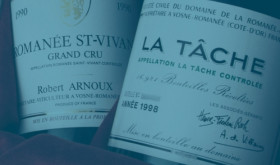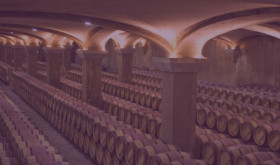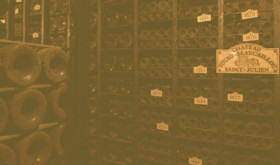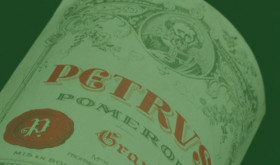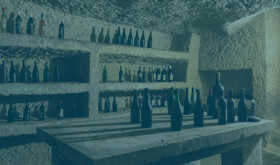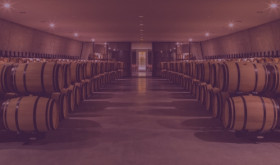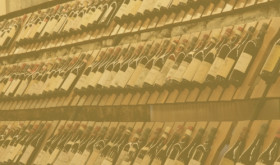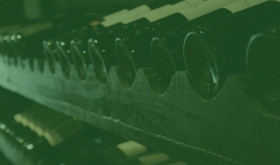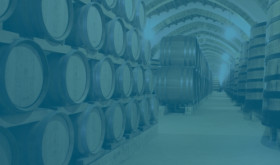
- Risk in investing refers to the potential for higher long-term rewards but also the possibility of losses.
- High-risk investments can provide significant returns, but they also come with increased potential for losses.
- Fine wine can be a low-risk investment with high growth potential and a hedge against inflation.
Understanding risk in investing
In the context of investing, risk signifies the potential variability of returns. It reflects the likelihood that the actual return on an investment may deviate from its expected return, which could mean either losing money or making more than anticipated.
Risk is usually calculated using statistical measures such as standard deviation and variance, which represent the degree to which an investment’s returns can vary from its average return. Greater variability implies higher risk and vice versa.
What does risk tolerance really mean?
Contrary to popular belief, risk tolerance is not about being an adrenaline junkie or being willing to lose all your money. It’s about your ability to endure potential losses in your investment portfolio without panicking or making rash decisions.
Risk tolerance depends on various factors, including your financial capacity to absorb losses, your investment goals, your time horizon (the length of time you plan to keep your money invested), and your emotional comfort with uncertainty and potential loss.
In long-term investments, it can actually be riskier for your wealth to invest solely in traditionally “low-risk” assets. This is because these assets may not provide the growth needed to achieve your investment goals, especially after accounting for inflation.
High-risk investments: high return or high loss?
High-risk investments experience significant price volatility, such as equities, commodities, high-yield bonds, and currencies. These usually have the potential to generate substantial returns; however, they can also lead to significant losses, including the entire amount invested in some cases.
While high-risk investments can be a part of a diversified portfolio, it is crucial to only invest money that you can afford to lose in these types of assets. And, most importantly, these investments should align with your risk tolerance.
Fine wine: a low-risk asset with high growth potential
Fine wine presents an intriguing investment prospect, particularly for those with a lower risk tolerance. As a tangible, finite asset, fine wine tends to appreciate with time and offers a level of stability that is often appealing to risk-averse investors.
Moreover, fine wine has shown high growth potential, with certain wines appreciating significantly over time. Some of the best investments in the last five years have been Prieure Roch Vosne-Romanee Le Clos Goillotte (588%), Egly-Ouriet Brut Millesime Grand Cru (340%) and various wines from Domaine Leroy and Domaine Arnoux-Lachaux. Similarly, the fine wine regions that have seen the highest return on average in the last semi-decade have been Champagne (69.9%) and Burgundy (35.5%).
Our Wine Track tool allows you to explore the best performing wines over different time frames, the price point upon which they are available, and their average critic score.
Understanding risk and your personal risk tolerance is essential in making sound investment decisions. Whether it’s high-risk or low-risk assets, or a combination of both, the key is to align your investments with your personal risk tolerance and financial goals. With its unique attributes, fine wine offers an exciting avenue for those seeking lower-risk investments with substantial potential returns.
WineCap’s independent market analysis showcases the value of portfolio diversification and the stability offered by investing in wine. Speak to one of our wine investment experts and start building your portfolio. Schedule your free consultation today.
